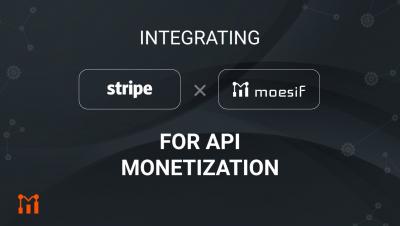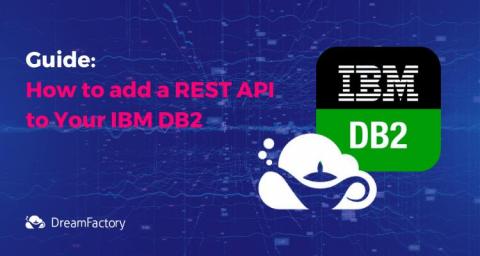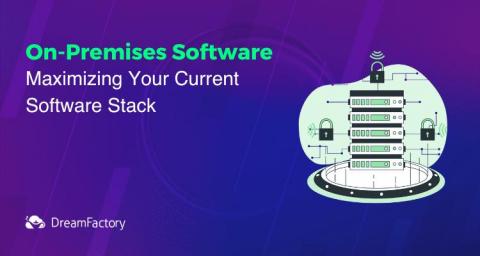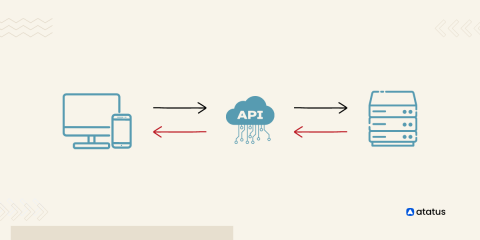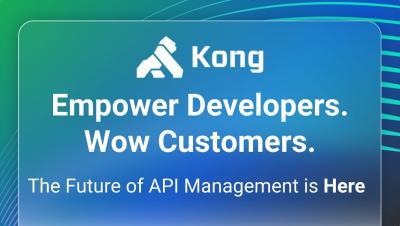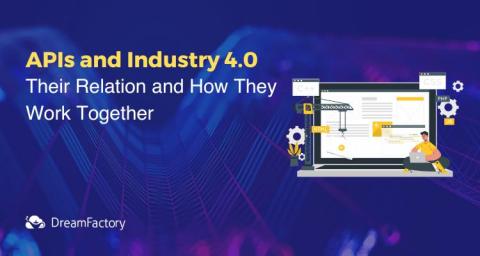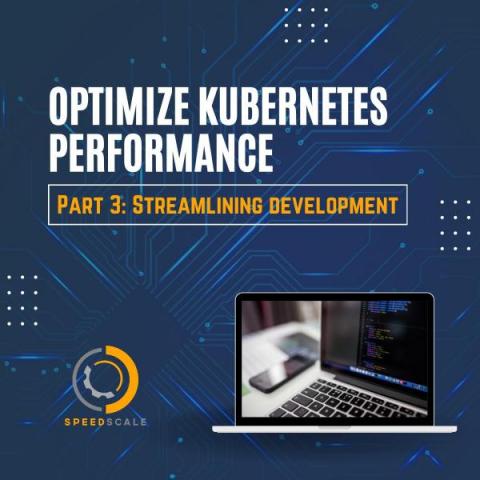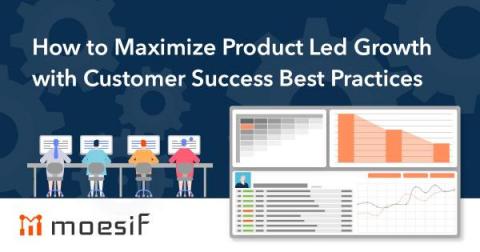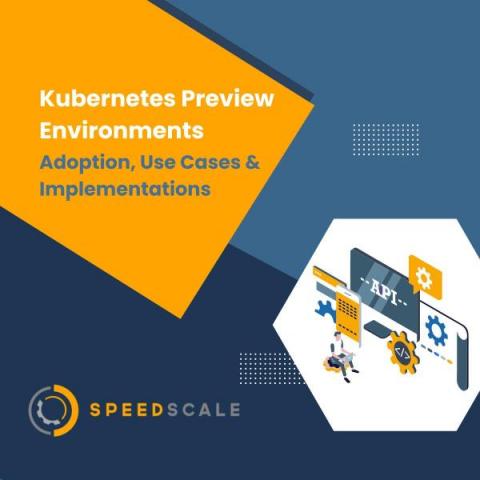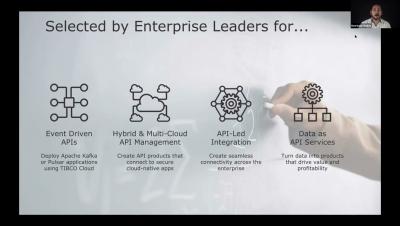Systems | Development | Analytics | API | Testing
February 2023
Using Live Event Log in Moesif
API Monetization with the Kong Developer Portal, Stripe, and Moesif
Integrating Stripe with Moesif for API Monetization
Monitoring APIs with Grafana
Add a REST API to Your IBM DB2 Database in Four Easy Steps
On-premise Analytics WSO2 API Manager 4.1.0, WSO2 Webinar
Private Key JWT authentication in WSO2 Identity Server #Identityin15
What's New in Kong Enterprise 3.2?
We’re happy to announce the general availability of Kong Enterprise 3.2. In this release, we’ve taken significant steps to ensure the smooth and reliable operation of our API management solution. In Kong Enterprise 3.2, we’ve delivered key functionality for customers that operate Kong Enterprise in a hybrid environment in order to further enhance its reliability. Specifically, we’ve expanded Kong Enterprise’s capabilities in the following areas.
How to Create a Kubernetes Preview Environment
API Secrets Management: Integrating Kong Gateway with Your Favorite Identity Manager
Using Event Tags in Moesif
How to Build a CRUD App in Angular With Asgardeo Authentication
In this guide, we'll be building a staff management application that can add, update, and delete records, along with authentication functionality using the angular-oauth2-oidc library and Asgardeo. This application aims to solve the identity and access management (IAM) problem and provide a secure way to manage sensitive information.
Kuma Gateway API: Your Secret Weapon for Multi-region and Universal API Connectivity | #kuma
APISecOps Tutorial: Delivering APIs Securely Together with Kong Konnect and Red Hat OpenShift Service on AWS (ROSA)
Red Hat OpenShift is the industry’s leading enterprise Kubernetes platform that runs ubiquitously across on-prem, and the cloud. With Red Hat OpenShift Service on AWS (ROSA), a managed Red Hat OpenShift platform that runs natively on AWS, it is even easier to get kick-started on an enterprise-ready instance of Red Hat OpenShift in the cloud. Kong similarly distinguishes itself as a multi-platform, multi-cloud API Management solution pushing the vision of APIs.
Developers Can Now Instantly Analyze RESTful APIs and Apache Kafka Services with New SwaggerHub Explore
Google one tap with WSO2 Identity Server #Identityin15
Debugging Kong Requests: 7 Kong Gateway Troubleshooting Tips
Developers will remember times when they were trying to figure out why something they were working on wasn’t behaving as expected. Hours of frustration, too much (or perhaps never enough) caffeine consumed, and sotto voce curses uttered. And then — as if by fate — the issue is narrowed down to a simple oversight that makes perfect sense upon discovery. Problem solved!
Leverage Mobile App Tests for API Testing
Monitoring APIs with Prometheus
Creating a Seamless Access Experience With the Digital Double
Economics in the digital world has evolved in parallel with those of the physical world — moving from a focus on products to services and, now, experiences. Joseph Pine and James Gilmore first introduced the concept in their book, “The Experience Economy.” There they observed that “getting personal with customers is the DNA of the Experience Economy.”
How To Maximize Your Current On-Premises Technology Investment
API Error Codes: A Beginner's Primer
When building APIs for the first time, it is important to understand error status codes and how they impact the overall performance of the API. Error status codes are essential for ensuring that the API is functioning correctly, communicating errors and warnings to the user or system, and providing a seamless experience. It is important to understand the different types of error status codes, what they mean, and how to interpret them so that your API will function properly.
Using keploy with a golang sample app using reddis.
How APISecOps Protects Against API Abuse
In this post, we’ll talk about what APISecOps is, including the fundamentals of it and the personas involved. Then, we’ll discuss how API, microservice, and policy lifecycles integrate to produce a secure service in production, and why collaboration and API-Design First are essential for APISecOps success.
Federated API Management: Balancing Agility and Governance
Looking to develop more APIs faster (and securely)? Then you have some different API platform deployment models to consider. In this post, we’ll define and compare the siloed, centralized, and federated API platform deployment models — and dive into why federated API management is key to striking a balance between agility and governance.
Empower Developers, Wow Customers, with Kong.
Building a Mock Server from User Traffic in Kubernetes
APIs and Industry 4.0: Enabling the Future
Unlock Microservices Mastery: OpenTelemetry in Kong Gateway
Optimize Kubernetes Performance Part 3: Streamlining Development
Pros and Cons of Low-Code Development
Integrate TypingDNA Typing Biometrics on WSO2 CIAM Suite, WSO2 Webinar
How to Maximize Product Led Growth with Customer Success Best Practices
If you want to turbocharge your Product Led Growth (PLG), it’s time to take a long, hard look at your Customer Success Management practices. The way you approach your customer success activities can make a significant difference in how fast and how seamlessly you scale.
Kubernetes Preview Environments - Adoption, Use Cases & Implementations
No matter what application you're building and who your target customers are, everyone can agree that it's critical to avoid broken deployments. To aid in this goal, many tools and concepts have been invented, with Kubernetes preview environments being one of them. In this post, you'll get a deeper understanding of how preview environments work, how organizations are using them, and how you can get started yourself. But to put it simply: preview environments allow teams to deploy a version of their applications during the development process, interacting with it as if it was deployed in production.
How to Create Actionable Test Management Reports
Software tests are essential to prevent bugs and create robust user experiences. But building and managing these tests presents its own challenges that often fly under the radar. Fortunately, test management reports can provide visibility into test coverage and performance, making it easier to identify problem areas and ensure test suites run smoothly. This article will explore the different types of test management reports and how to make them valuable and actionable.
The International Institute of Information Technology - Hyderabad Shares Digital Innovations with Nonprofits via Choreo from WSO2
Why Full Lifecycle API Management Needs API Testing and Monitoring
Optimize Kubernetes Performance Part 2: Creating Comparisons
Unlock Microservices Mastery: OpenTelemetry in Kong Gateway
End-to-End API Monetization with The Kong Developer Portal, Stripe, and Moesif
Many API developers and companies struggle to find ways to set up systems to monetize their APIs easily. Some are simple but not customizable, and some are complex and require massive engineering effort to get them all running. To make things easier, the Moesif platform includes Billing Meters which gives massive customizability to API monetization efforts with a minimal amount of code and engineering effort.
Architecture in the Age of APIs
We’re entering an age where many organizations are trying to increase productivity by transforming themselves into digital organizations. Digital organizations are built on top of digital architectures that unlock agility across the enterprise. Agility, which is the ability to respond to changes and new needs fast, enables most of the other advantages such as shorter times to market, better customer experiences, and competitive advantages in the long run.
Keploy Demo (JAVA) - Capture Test Cases, Stubs and Data Mocks from API calls to your backend app
API Gateway v Service Mesh #twominuteswithkong #kong
API Gateway v Service Mesh #twominuteswithkong #kong #servicemesh #apigateway
Optimize Kubernetes Performance Part 1: Cluster Configurations
Why Low-Code Application Development Is the Future
Service-Oriented Architecture and the Modular Approach to Functionality
Benefits of a Public Cloud vs Private Cloud & Dedicated Devices
Most software projects leverage synthetic tests to verify functionality early on, but physical devices are the ultimate form of quality assurance. While a few smartphones may suffice early on, a growing user base means quality assurance teams must ensure support for a broad range of devices, operating systems, and browsers with public or private device clouds. Device clouds make it easier to manage devices and run automated tests from anywhere.
Moderna's Nathaniel Reynolds on Service Mesh, Open Source, and AI for Developers
In this post, Nathaniel Reynolds, Associate Director of Informatics Architecture & DevOps at Moderna Therapeutics, talks about service mesh, removing limitations with open source, and how AI helps developers do more. No one can predict the future, but here’s a safe bet: in the next five to ten years, we aren’t going to have fewer applications. We’re going to have more. And that means connectivity requirements are going to get bigger and bigger over time.
Building gRPC APIs with Rust
Viktor Gamov also contributed to this post. In recent decades it’s become common for communication between backend services to employ HTTP APIs with JSON payloads. Many HTTP APIs adhere (or at least aspire) to REST Principles, though many fall into a category we’ll call "REST-like".
Kong Konnect Supports Consumer Groups, Plugin Ordering, and More
Since our last Kong Konnect monthly update, we’ve been hard at work to deliver some more powerful features in Kong Konnect, including consumer groups, dynamic client registration using Curity and Auth0, plugin ordering, and streamlined Docker runtime instance creation. Read on to learn what’s new in Kong Konnect.
Kong Mesh & Kuma 2.1 released with full suite of next-gen policies
We’re excited to announce the release of Kong Mesh and Kuma 2.1! In this release, we’re shipping the full suite of new and improved policies announced (and started) in 2.0. Additionally, we’re launching some more great UX improvements in the UI and a host of smaller fixes. In order to take advantage of the latest and greatest in service mesh, we strongly suggest upgrading to Kong Mesh 2.1. Upgrading is simple through kumactl or Helm.
Collaborating with Git for API Test Creation
APIs have become the center of software development, connecting and transferring data across systems and applications. Luckily, testing them can greatly improve the efficiency of your test strategy as a whole, helping you deliver software faster than ever. API testing is an essential part of the software development process, and it’s important to have a team that can work together to create accurate and efficient tests.





